(HBĐT) - Sung is an ancient highland hamlet in Cao Son commune (Da Bac), with a natural area of over 780 hectares. Nature has endowed this land with beautiful landscapes, rolling hills, surrounding streams, and floating clouds on the mountain tops. In front of the hamlet are winding terraced fields, behind is the majestic Bieu mountain range, creating a captivating natural picture.
The art troupe of Sung hamlet, Cao Son commune (Da Bac) performs for tourists.
According to local elders, Sung hamlet has existed for 500 years. The hamlet's name comes from the name of the Sang tree, a native tree that was previously grown in the area, but because it was difficult to pronounce, people gradually changed the name to Sung hamlet. Currently, Sung hamlet is home to 75 households of the Dao Tien ethnic group, living mainly on agriculture, with the main crops being upland rice, wet rice, corn, and potatoes. In early 2017, with the support of the AOP Organization in Vietnam, orientation and support for community tourism development, some households boldly participated in tourism, receiving project support for loans, advice on home renovation, cooking training, and skills in welcoming tourists.
With the advantage of wild natural beauty, the customs and practices of the Dao ethnic group have been gradually passed down to become typical tourism products, typically the Dao ethnic spring festival, the coming-of-age ceremony, the naming ceremony and folk dances such as bell dance, rowing dance, and xoe dance are exploited and promoted by the mass art troupe at the grassroots level... The traditional craft of brocade printing and embroidery is preserved and developed, creating many valuable products to serve tourists. Therefore, Sung hamlet has attracted many domestic and foreign tourists.
In the hamlet, there are currently 3 households providing homestay services including: Thanh Chung homestay, Xuan Lan homestay, Nhat Quy homestay and 50 households providing tourism services. The community guesthouses here are all satisfied by tourists, highly appreciated for their accommodation space because they still retain the original architecture of traditional houses of the Dao people. The style and attitude of serving tourists through training and guidance are increasingly thoughtful and professional. Homestay businesses have grasped practical requirements, constantly improved equipment, invested in means to meet the diverse needs of tourists such as: serving traditional dishes, performing ethnic arts, taking tourists on walks around the village, climbing mountains, exploring caves, organizing activities for guests to experience the lifestyle of the Dao ethnic group such as: planting rice, cooking, fishing, visiting tea hills and the ancient Shan Tuyet tea factory of Bieu mountain grown, harvested, processed, packaged by the people right in the village, learning about the Dao people's methods of dyeing fabric and embroidering brocade... The number of visitors to Sung village is higher year after year. In 2017, the village welcomed 600 tourists, of which 150 were domestic tourists, 450 were foreign tourists, with revenue reaching 350 million VND. In 2018, it welcomed 1,700 visitors (200 domestic visitors, 1,500 foreign visitors), with revenue reaching 567 million VND. In 2019, it welcomed 1,850 visitors (260 domestic visitors, 1,590 foreign visitors), with revenue reaching 817 million VND. From 2020 to 2022, due to the Covid-19 pandemic, tourism activities were affected.
Ms. Ly Sao Mai, coordinator of Da Bac community tourism in Sung hamlet, shared: The community tourism model has created more jobs and increased income for local people. This is a sustainable business model that exploits the strengths of the people, while still preserving and promoting the natural landscape and environment, and national identity. The model not only has a positive impact on tourism development but also has a profound impact on society, culture, and the environment, but to maintain the sustainability of the model, close coordination between local people, travel companies, and authorities at all levels is needed. The model has initially attracted the attention of leaders at all levels, attracting domestic and foreign tourists. The art troupe serving tourists has the opportunity to exchange and perform on large-scale stages, and participate in competitions organized by the district and province. This is a great source of spiritual encouragement for the people of Sung hamlet, creating momentum for the socio-economic development of the locality.
Hai Linh
Source





![[Photo] Looking back at the impressive moments of the Vietnamese rescue team in Myanmar](https://vstatic.vietnam.vn/vietnam/resource/IMAGE/2025/4/11/5623ca902a934e19b604c718265249d0)
![[Photo] "Beauties" participate in the parade rehearsal at Bien Hoa airport](https://vstatic.vietnam.vn/vietnam/resource/IMAGE/2025/4/11/155502af3384431e918de0e2e585d13a)


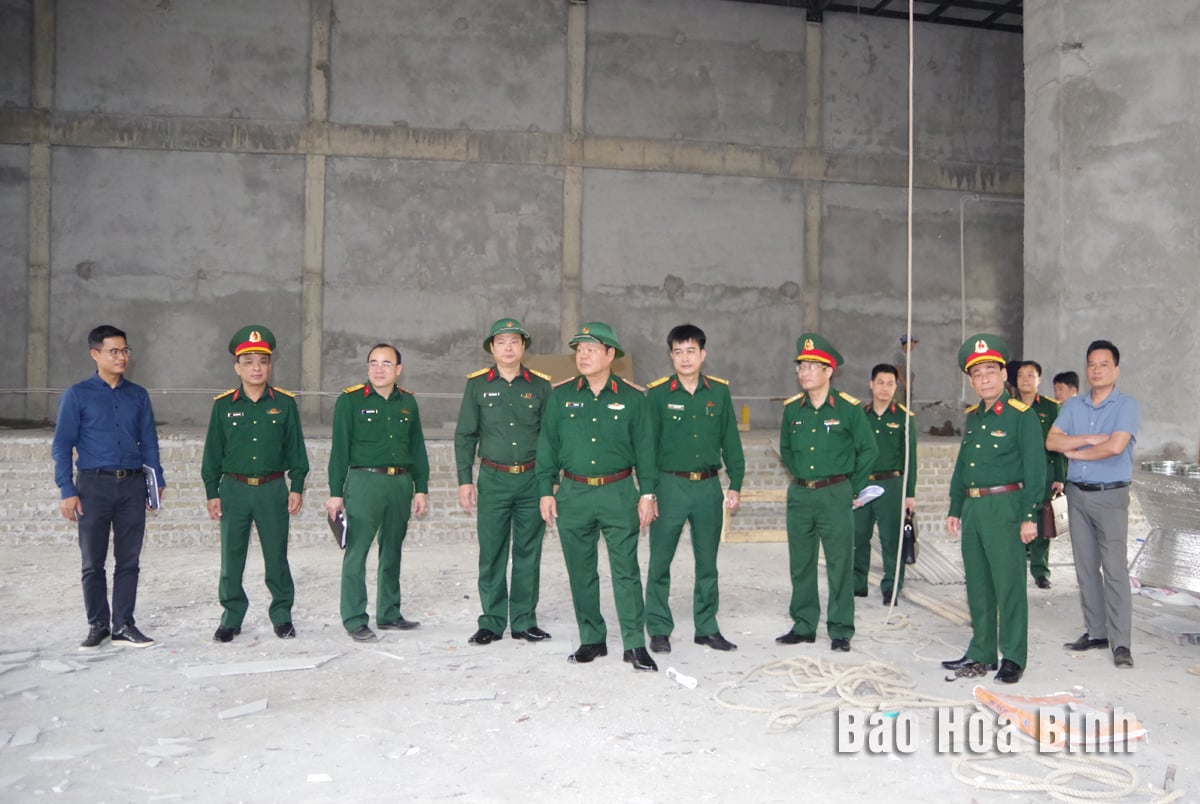


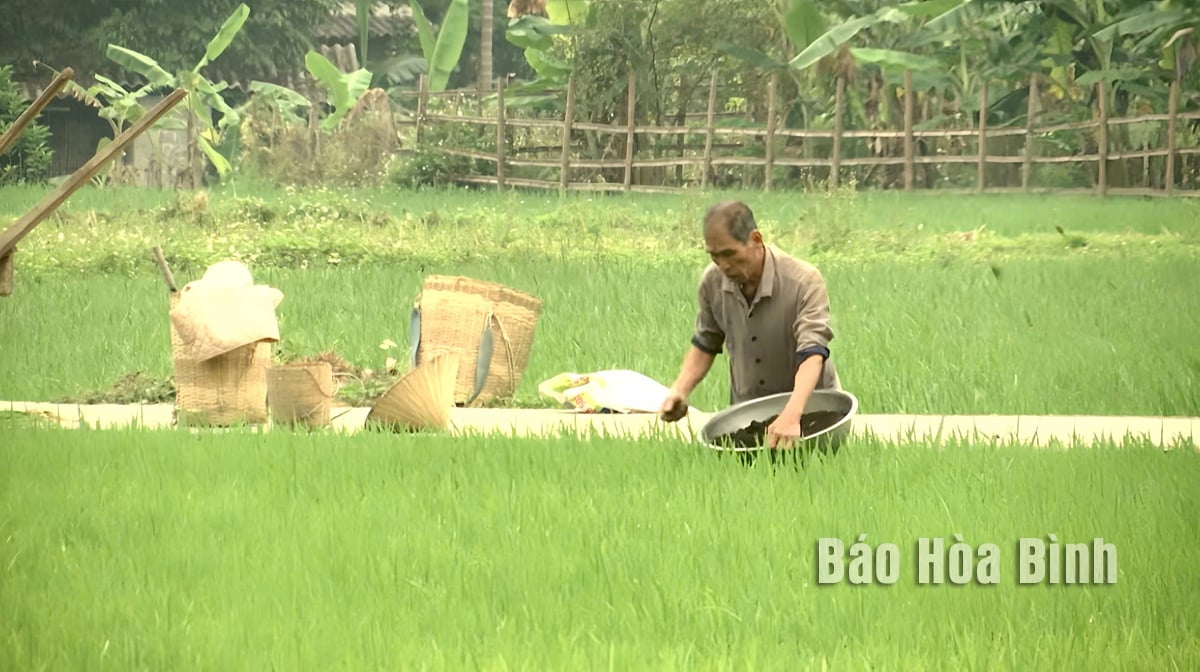
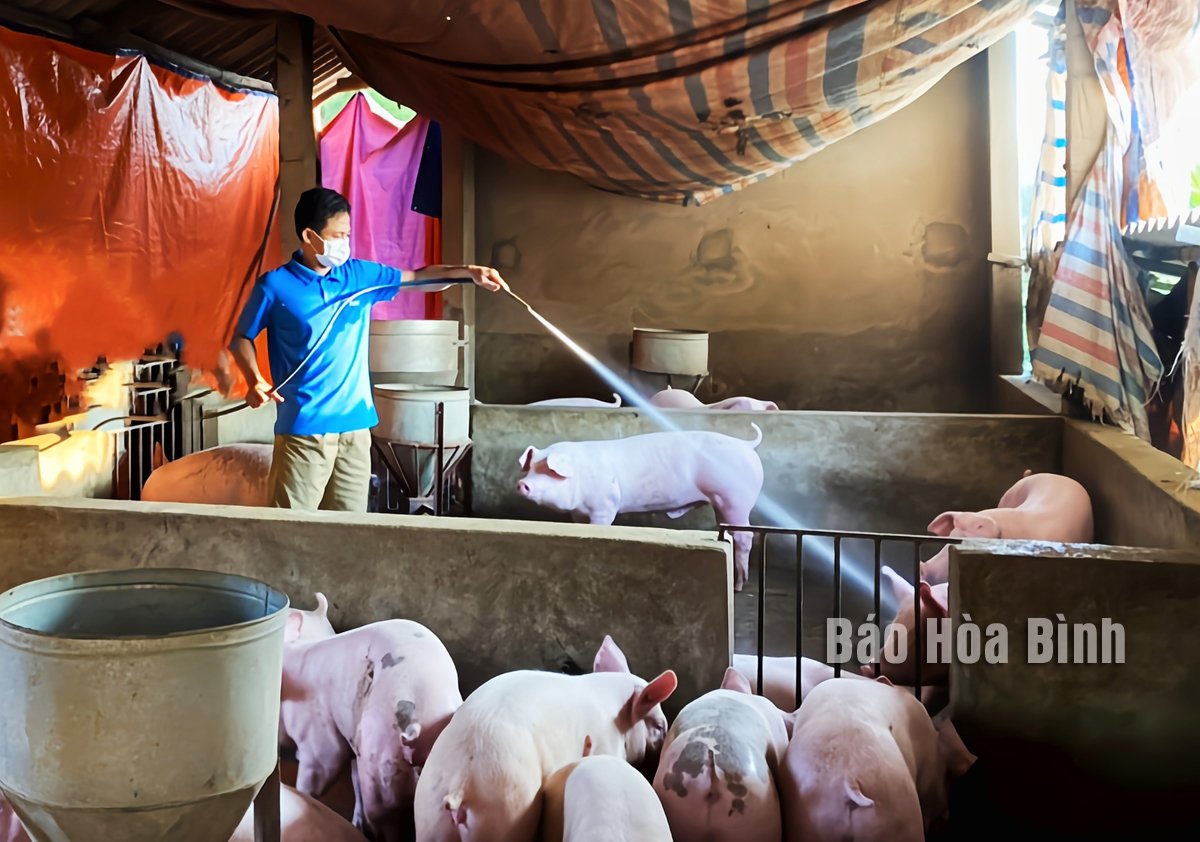



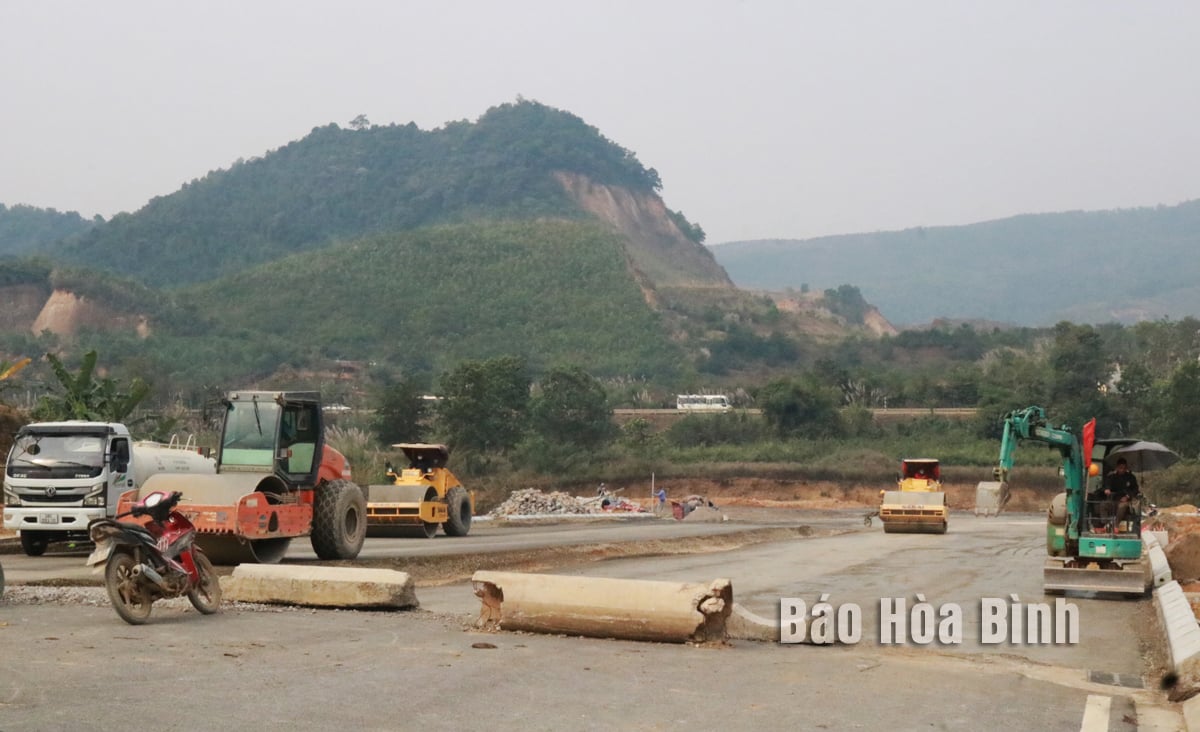
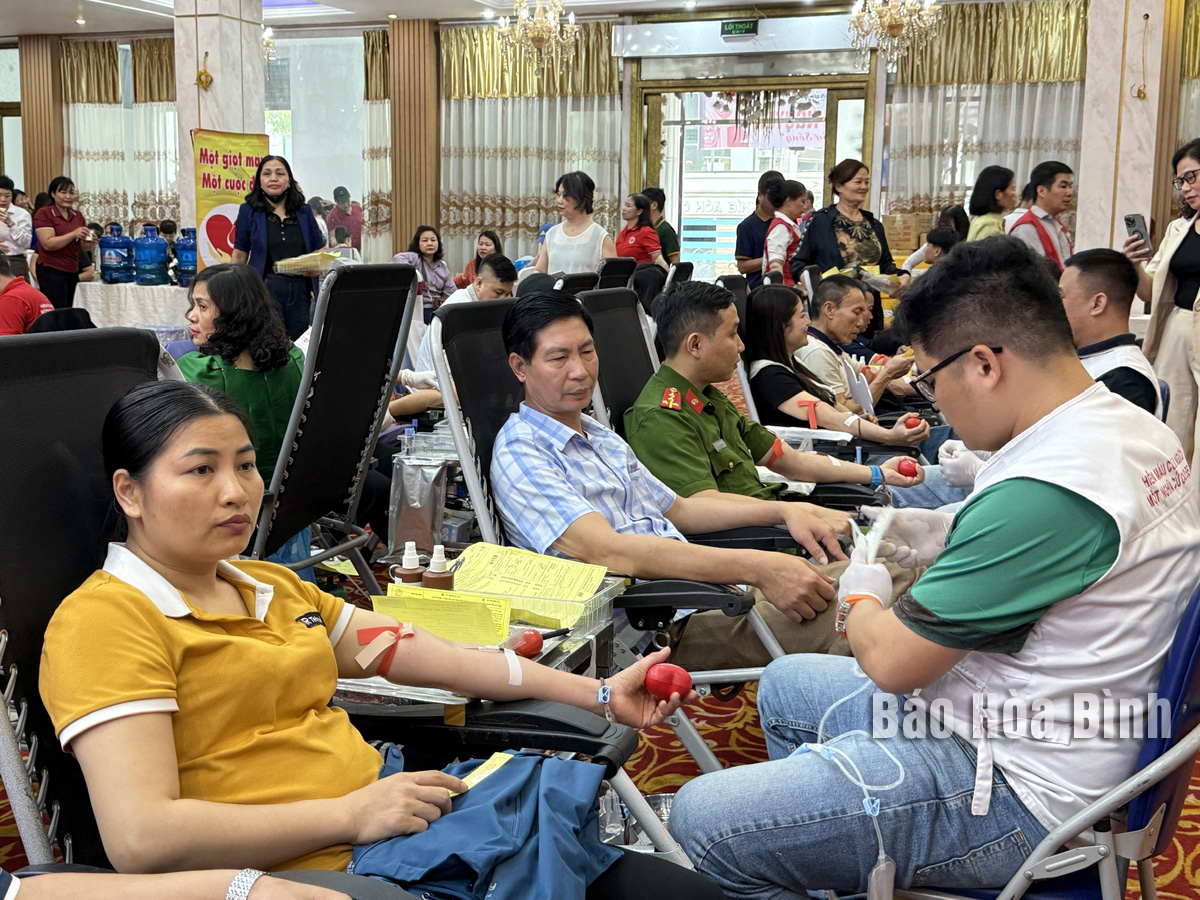
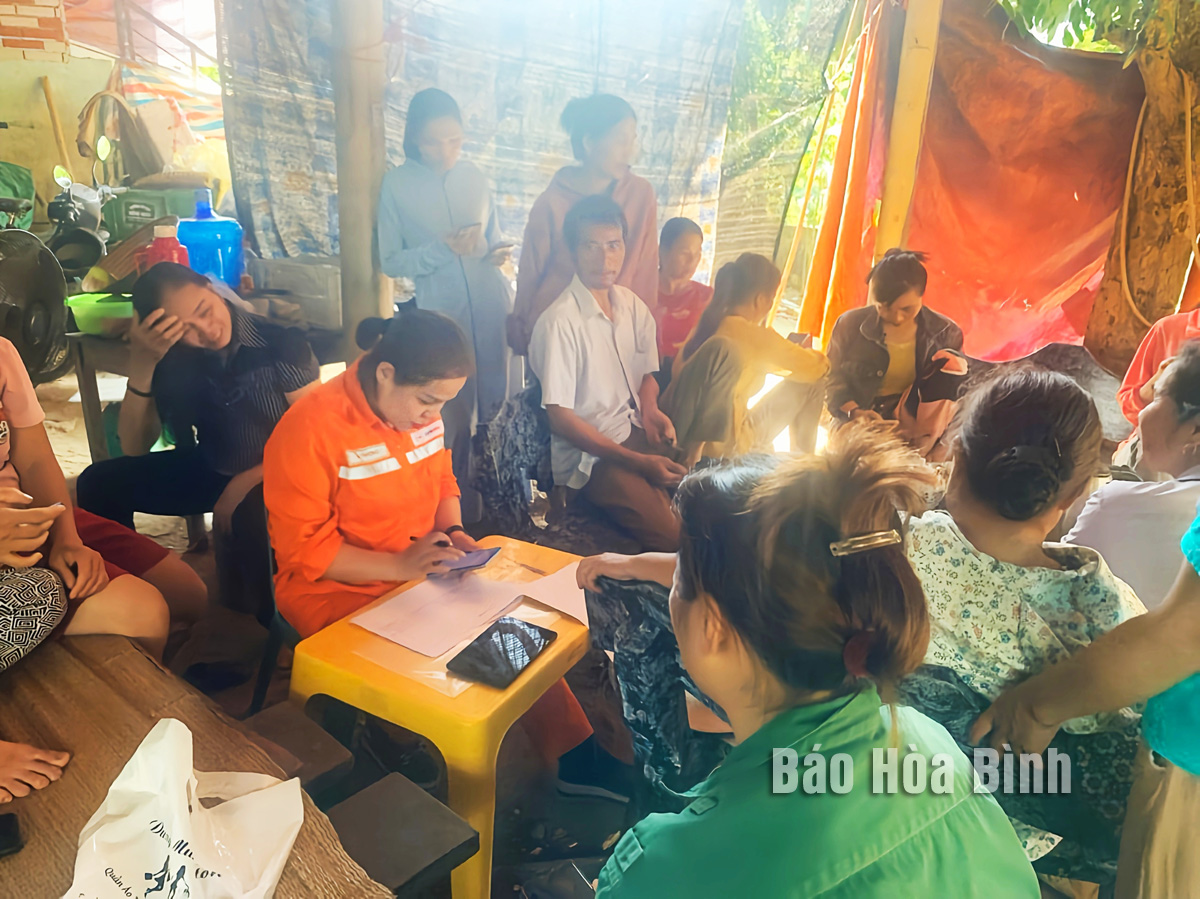

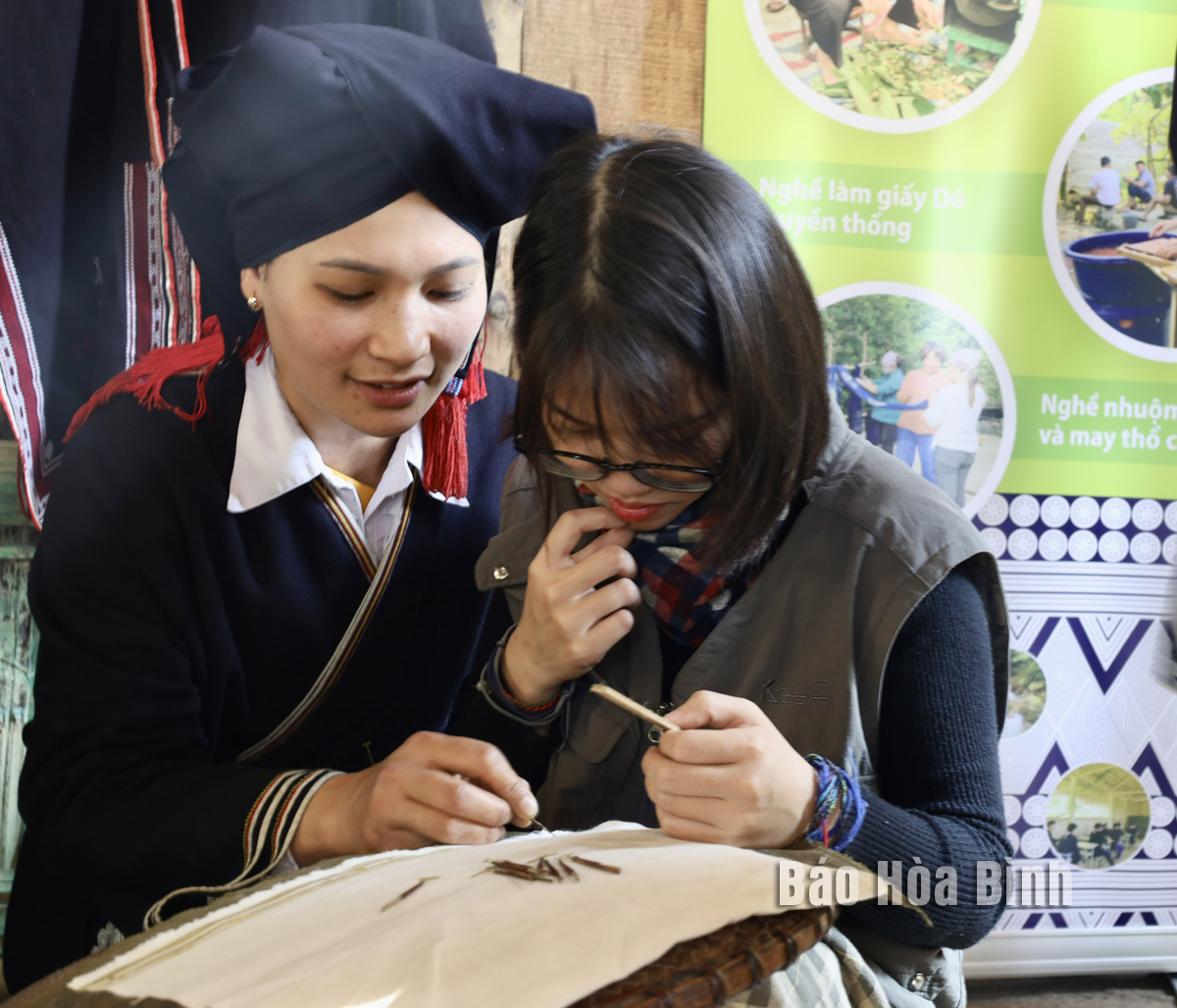

![[Photo] Summary of parade practice in preparation for the April 30th celebration](https://vstatic.vietnam.vn/vietnam/resource/IMAGE/2025/4/11/78cfee0f2cc045b387ff1a4362b5950f)








































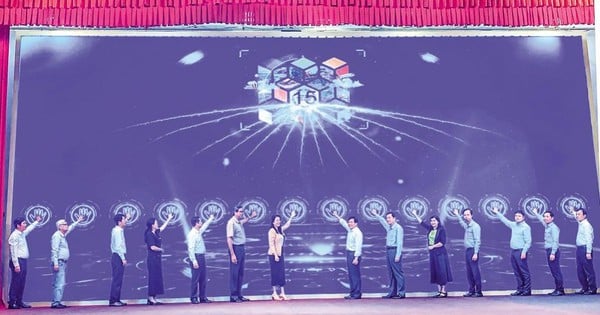

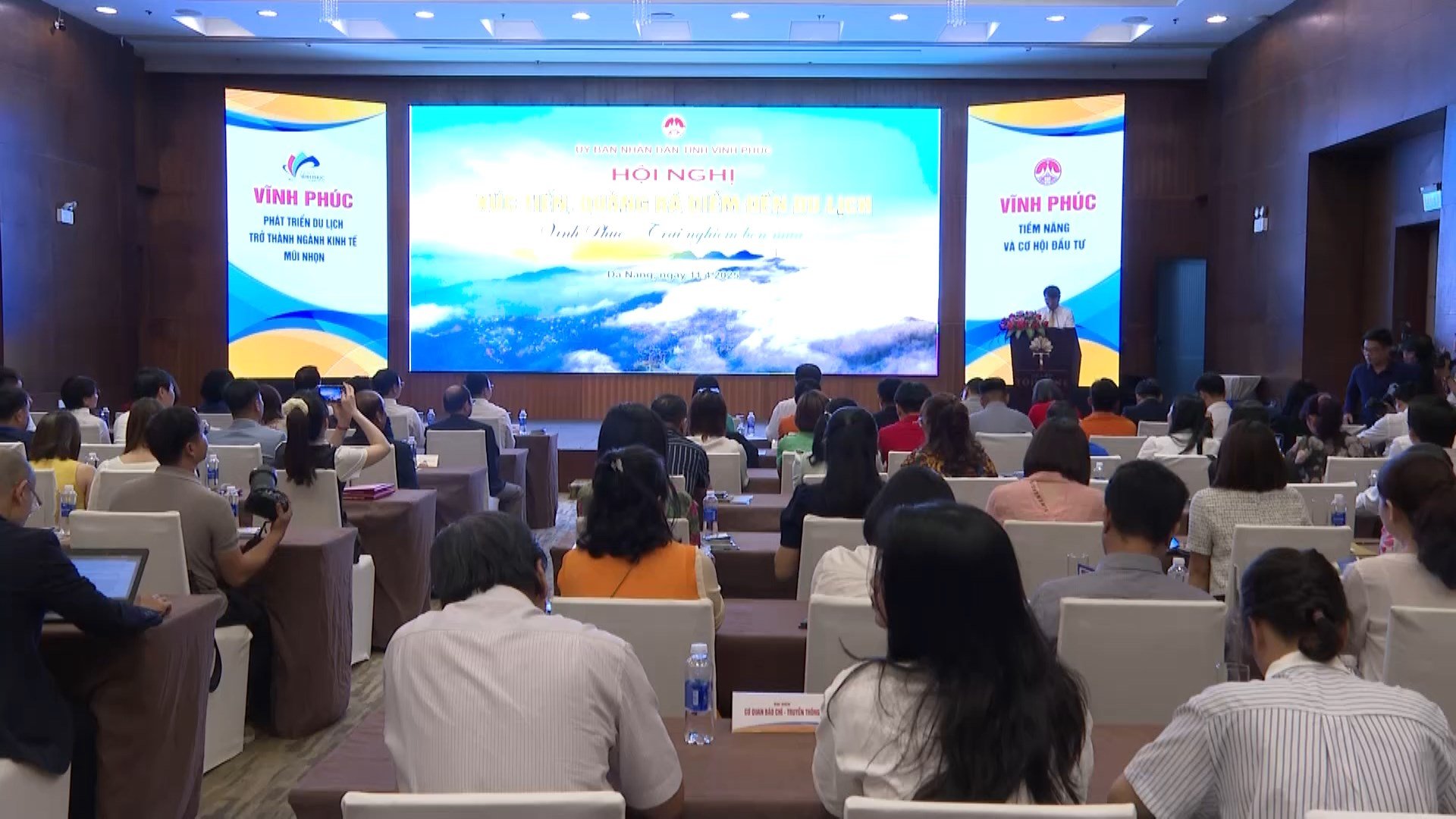



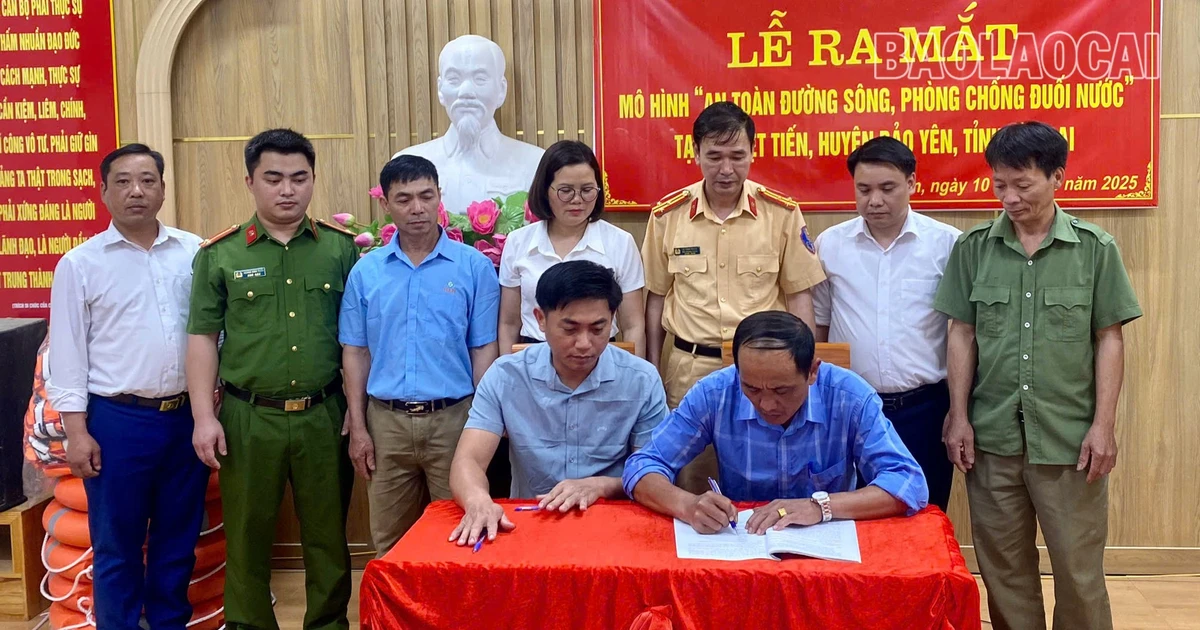


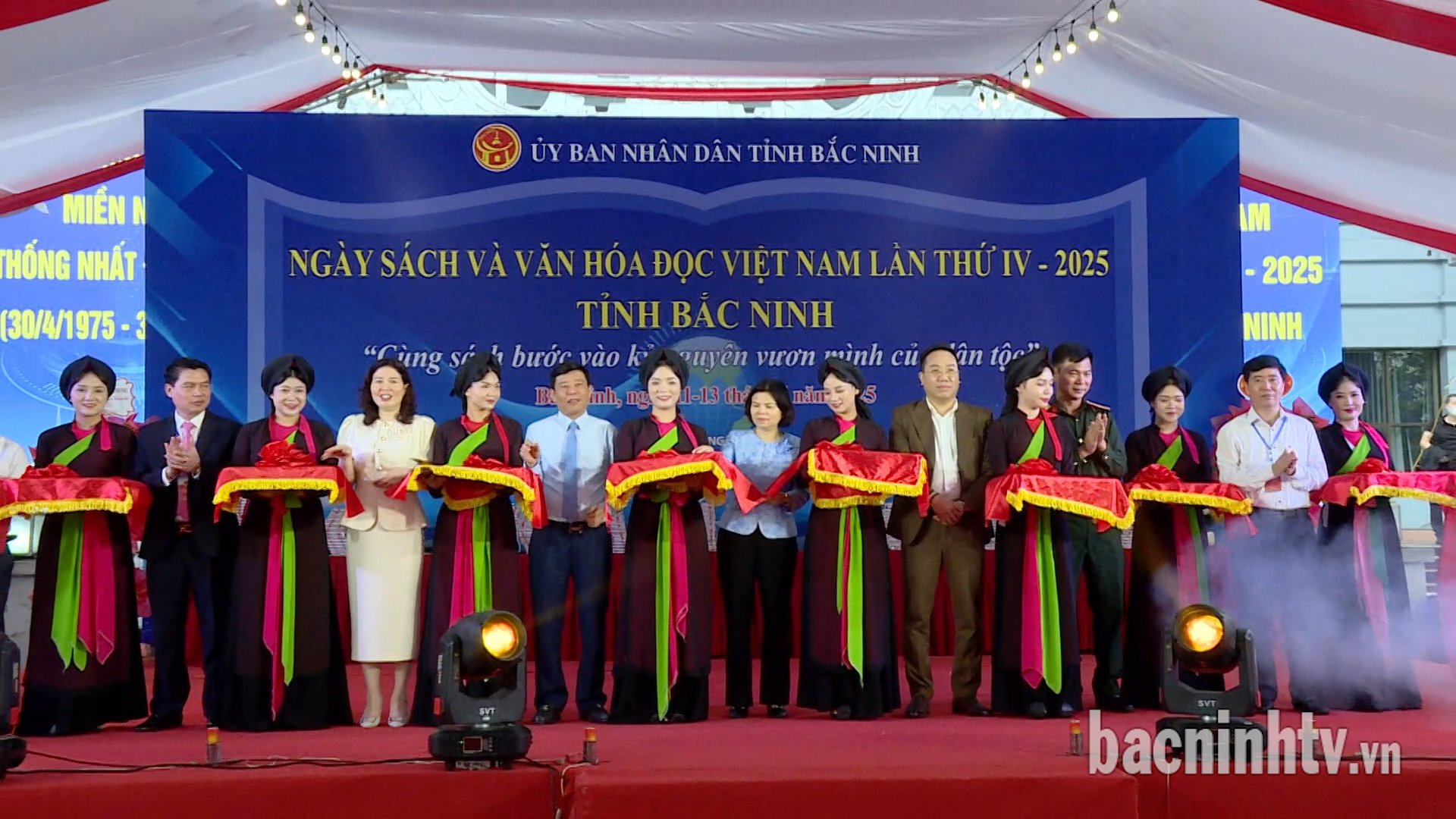











Comment (0)